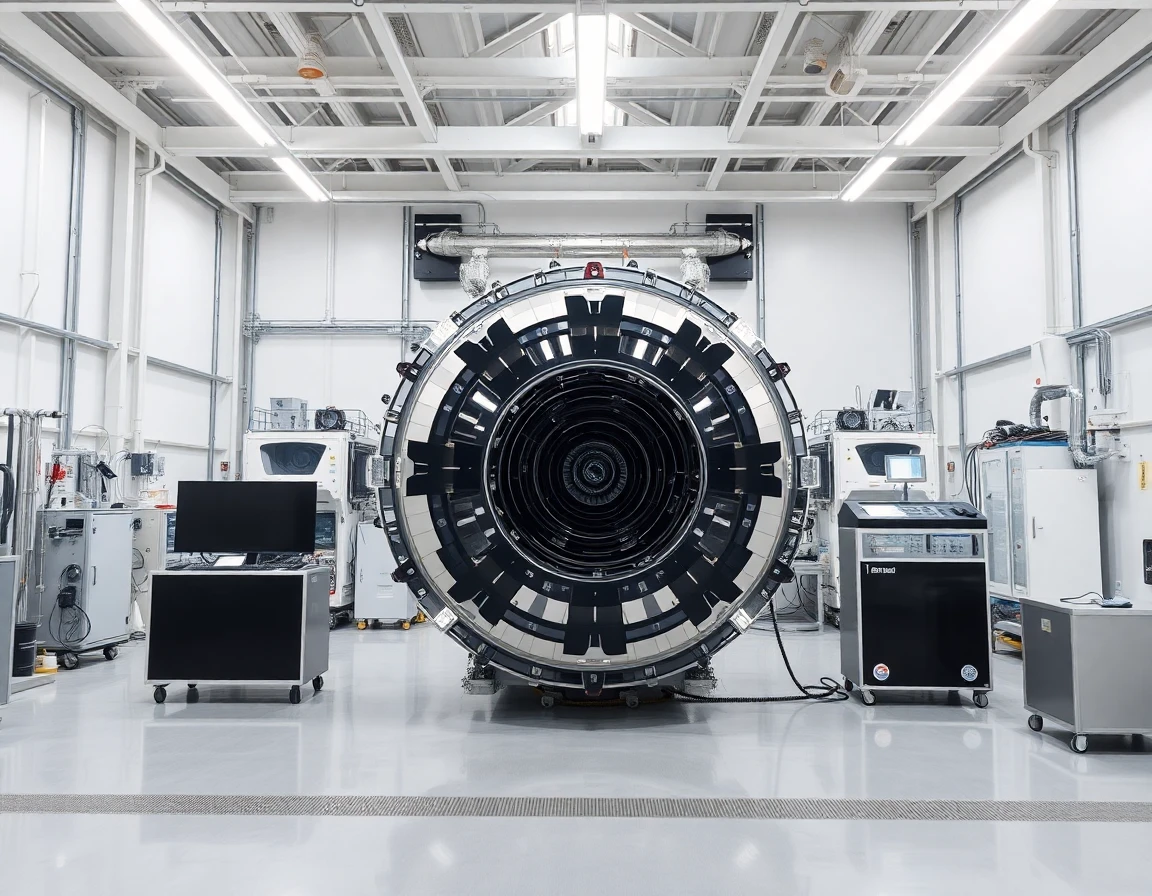In a groundbreaking collaboration, Lockheed Martin and SpaceX have joined forces to transform satellite communication technologies, aiming to deliver faster data transmission for both military and commercial applications. This partnership is poised to pave the way for advancements that could redefine operational capabilities in various sectors.
The Need for Enhanced Satellite Communication
As global demand for reliable and high-speed data transmission continues to escalate, especially in defense and commercial sectors, the need for sophisticated satellite communication systems has never been more critical. The Lockheed Martin SpaceX collaboration seeks to address these demands by integrating advanced technologies that enhance connectivity and efficiency.
Technical Innovations in the Collaboration
The collaboration focuses on leveraging SpaceX’s cutting-edge launch capabilities and Lockheed Martin’s expertise in satellite design and communication technologies. Together, these two industry giants aim to develop next-generation satellites that will utilize advanced frequency bands, including Ku-band and Ka-band, to achieve optimal performance in data transmission.
According to Dr. Emily Sanders, a senior engineer at Lockheed Martin, “This partnership is not just about launching satellites; it’s about creating a comprehensive communication ecosystem that meets the needs of modern warfare and commercial enterprises. Our goal is to ensure that data can be transmitted at unprecedented speeds and reliability.”
Key Features of the New Satellite Technology
The new satellites, which are expected to be operational by 2025, are designed with several innovative features:
- High-throughput capabilities: The satellites will be equipped to handle multiple gigabits of data per second, significantly boosting the bandwidth available for users.
- Advanced anti-jamming technology: This is crucial for military applications, where secure and uninterrupted communication is paramount.
- Global coverage: The constellation of satellites will ensure that even remote areas have access to high-speed communication.
Industry Context and Competitive Landscape
The aerospace and defense industry has seen a surge in partnerships aimed at enhancing satellite technology. Notably, companies like Boeing and Northrop Grumman are also investing heavily in satellite communication systems. However, the Lockheed Martin SpaceX collaboration stands out due to the unique synergy between a leading satellite manufacturer and a pioneering launch service provider.
According to industry analyst Michael Chen, “This partnership could disrupt the current market dynamics. By combining Lockheed Martin’s legacy in aerospace with SpaceX’s innovative approach to launches, they are likely to set new standards in satellite communication technology.”
Potential Impacts on Military and Commercial Applications
The implications of this collaboration are vast. For military applications, enhanced satellite communication can lead to improved situational awareness, better command and control capabilities, and more effective operational planning. As conflicts become more data-driven, the ability to transmit information rapidly and securely can be a game changer.
On the commercial front, industries such as telecommunications, aviation, and maritime shipping stand to benefit significantly. High-speed data transmission will facilitate more reliable services, from in-flight connectivity to real-time tracking of cargo ships, which is increasingly becoming a necessity in today’s global economy.
Future Developments and Expectations
Looking ahead, the Lockheed Martin SpaceX collaboration is expected to evolve further as technologies advance. The integration of artificial intelligence and machine learning into satellite systems could enhance operational efficiency and predictive maintenance, further extending the lifespan of these assets.
Moreover, as the demand for satellite communication grows, there is potential for international collaborations to emerge, allowing for a broader network of satellites that could provide even more robust services globally. This could also lead to regulatory discussions around spectrum management and security protocols, areas that will require careful navigation by all stakeholders involved.
Expert Perspectives on the Collaboration
In light of this significant partnership, experts are optimistic about the future of satellite communications. Dr. Sarah Thompson, a satellite communications expert at the National Defense University, stated, “The Lockheed Martin SpaceX collaboration is a monumental step toward achieving more resilient and flexible satellite communication networks. It reflects a shift in how we approach the challenges of communication in both civilian and military contexts.”
Conclusion
The Lockheed Martin SpaceX collaboration marks a transformative moment in the landscape of satellite communication technology. By combining their respective strengths, Lockheed Martin and SpaceX are set to deliver solutions that not only enhance data transmission speeds but also redefine the operational capabilities of military and commercial sectors alike. As these advancements unfold, the aerospace and defense industry watches closely, anticipating a new era of connectivity that could shape the future of global communications.
As this partnership develops, keeping track of innovations in satellite-communication technologies will be essential for stakeholders across various industries. The potential for enhanced data transmission capabilities signifies a bright future for connectivity, security, and operational efficiency.



